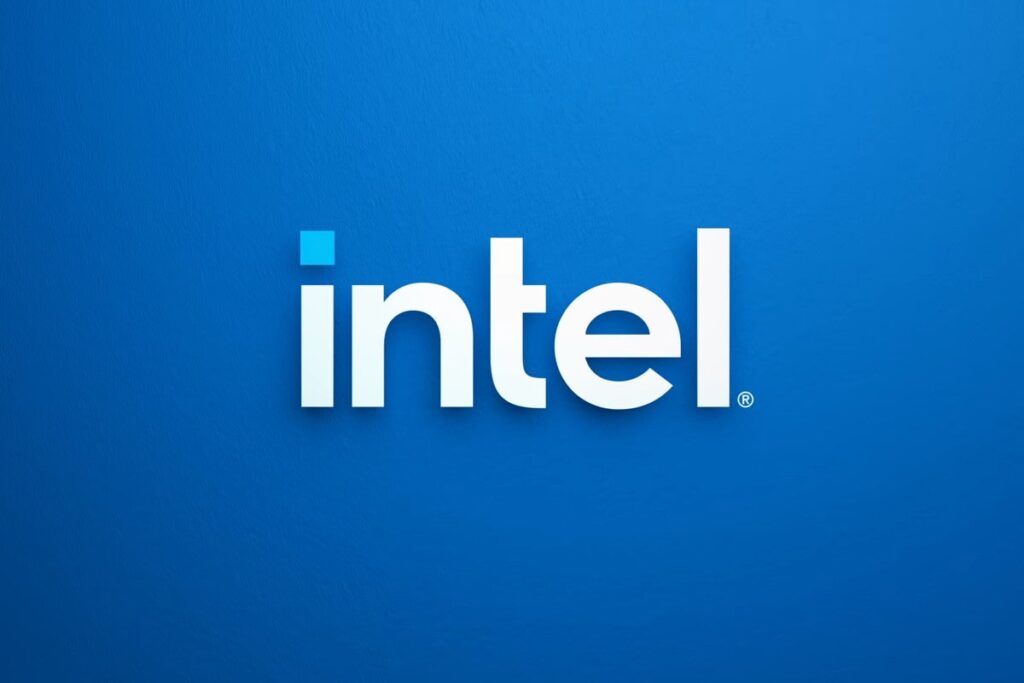
On January 13th, Intel communicated in a press release that on February 15th, Bob Swan, the current CEO, is all set to step down after two years of working as the top executive at Intel. He will be replaced by Pat Gelsinger, who is currently the CEO at VMware. Coincidently, Pat started his career at Intel as a chip engineer at 18 and had spent thirty years with the company before moving out. Pat worked at Intel even before joining college. He has spent an illustrious career at EMC, followed by VMware, and now returns to Intel. At VMware, Gelswinger was responsible for the Amazon Web Services deal with Amazon and played a crucial role in creating innovative data center software programs.
Intel, the world’s most prominent chip-maker, is facing stiff competition from companies like Qualcomm, Advanced Micro Devices, and Nvidia Corp. Even though the technology giant has been doing good financially, it has had to deal with the growing popularity of Taiwan Semiconductor Manufacturing Corp or TSMC. Its competitors are tied up with expert chip makers at Taiwan Semiconductor Manufacturing Co. or Samsung Electronics Co Ltd for chip manufacturing. In the growing demand from investors to segregate the chip designing division and the manufacturing division and an intended move from being a CPU company to becoming a multi-architecture XPU super-power, appoint Pat Gelsinger has been welcomed by all across the board. It could not have been better timed since major changes are happening in the chip industry. Even the market showed an encouraging response, with Intel’s share prices increasing by 8% at the trading hours in the morning.
Pat Gelsinger has experience and expertise on his side. He was one of the key players who designed Intel’s 80486 chip, a technological landmark in the 1990s. Gelsinger will have a tough call to decide to move Intel’s manufacturing to Samsung or TSMC or any other partner that needs to be optimized to meet the huge demand for Intel chips.



